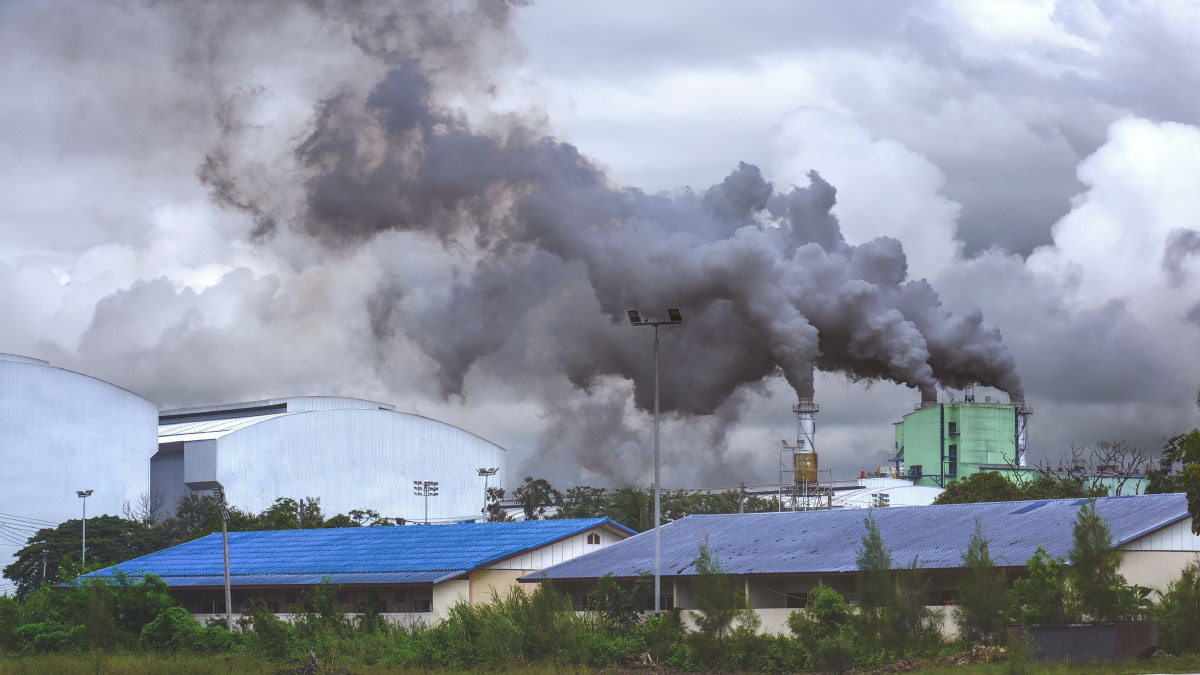In 2014, CO2 emissions from electricity production (%) for Nigeria was 39.1 %. Though Nigeria CO2 emissions from electricity production (%) fluctuated substantially in recent years, it tended to increase through 1995 - 2014 period ending at 39.1 % in 2014.
CO2 emissions from electricity and heat production is the sum of three IEA categories of CO2 emissions: (1) Main Activity Producer Electricity and Heat which contains the sum of emissions from main activity producer electricity generation, combined heat and power generation and heat plants. Main activity producers (formerly known as public utilities) are defined as those undertakings whose primary activity is to supply the public.
They may be publicly or privately owned. This corresponds to IPCC Source/Sink Category 1 A 1 a. For the CO2 emissions from fuel combustion (summary) file, emissions from own on-site use of fuel in power plants (EPOWERPLT) are also included. (2) Unallocated Autoproducers which contains the emissions from the generation of electricity and/or heat by autoproducers. Autoproducers are defined as undertakings that generate electricity and/or heat, wholly or partly for their own use as an activity which supports their primary activity. They may be privately or publicly owned.
In the 1996 IPCC Guidelines, these emissions would normally be distributed between industry, transport and "other" sectors. (3) Other Energy Industries contains emissions from fuel combusted in petroleum refineries, for the manufacture of solid fuels, coal mining, oil and gas extraction and other energy-producing industries. This corresponds to the IPCC Source/Sink Categories 1 A 1 b and 1 A 1 c. According to the 1996 IPCC Guidelines, emissions from coke inputs to blast furnaces can either be counted here or in the Industrial Processes source/sink category. Within detailed sectoral calculations, certain non-energy processes can be distinguished.
In the reduction of iron in a blast furnace through the combustion of coke, the primary purpose of the coke oxidation is to produce pig iron and the emissions can be considered as an industrial process. Care must be taken not to double count these emissions in both Energy and Industrial Processes. In the IEA estimations, these emissions have been included in this category.
knoema.com. (n.d). CO2 emissions from electricity and heat production as a share of total fuel combustion 39.1 (%) in 2014. Retrieved 12th August, 2022 from
https://knoema.com/atlas/Nigeria/topics/Environment/Emissions/CO2-emissions-from-electricity-production-percent?mode=amp
